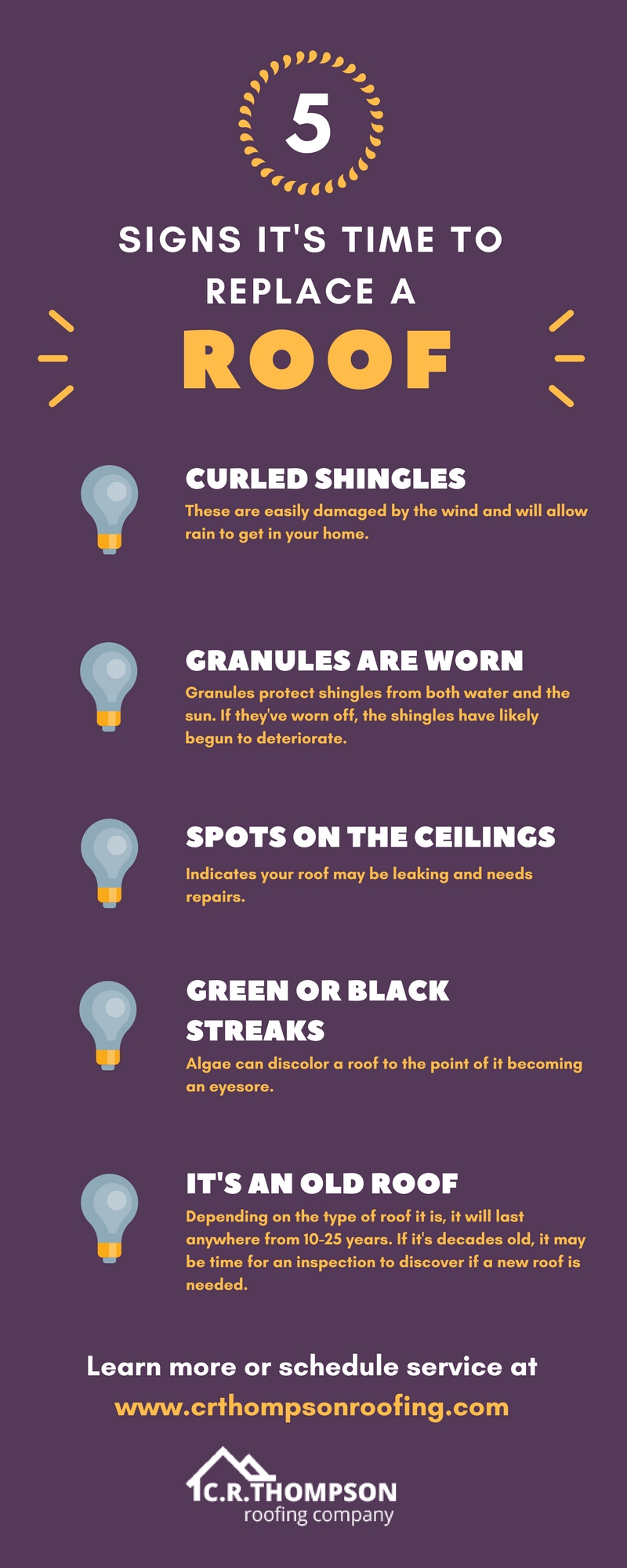Examine The Costs And Benefits Connected With Solar Setup To Uncover The Financial Chances That May Be Readily Available To Those Exploring This Renewable Energy Alternative
Examine The Costs And Benefits Connected With Solar Setup To Uncover The Financial Chances That May Be Readily Available To Those Exploring This Renewable Energy Alternative
Blog Article
Material Create By-Martinussen Kane
When considering the prices of solar installation, you might question the in advance investment needed and whether it straightens with the potential long-lasting advantages. Recognizing the intricacies of these expenses and the different elements affecting the overall return can clarify the worth recommendation of transitioning to solar energy. By assessing both the preliminary arrangement expenses and the projected savings gradually, you can acquire insight right into whether the financial investment in solar installation holds pledge for your monetary future.
Preliminary Configuration Expenditures
When considering the expenses of solar setup, the first configuration costs play a vital role in your decision-making process. These upfront costs consist of the cost of solar panels, inverters, installing tools, and installation labor.
The price of solar panels can vary depending on the brand, performance, and dimension you select. Inverters are vital for transforming the sunlight's energy into functional power and can be found in various types such as string inverters, microinverters, and power optimizers, each with its own cost effects.
Installing tools, such as racks and rails, is essential to safely set up photovoltaic panels on your roof covering or residential or commercial property.
The installation labor expense covers the specialist setup of the solar system, ensuring that everything is set up properly and efficiently. Bear in mind that while these preliminary arrangement expenses may seem high, there are typically rebates, tax incentives, and financing options offered to help offset the prices and make solar setup a lot more cost effective in the future.
Long-Term Cost Savings Evaluation
To comprehend the financial benefits of solar setup in time, it's critical to perform a detailed long-lasting financial savings evaluation. While the first configuration costs of photovoltaic panels might seem daunting, the lasting savings can outweigh these costs significantly. By taking advantage of the power of the sunlight to produce electrical energy for your home, you can possibly save thousands of dollars on your utility expenses over the life expectancy of your planetary system.
Among the key elements to consider in a lasting savings analysis is the decrease in your electricity expenses. With photovoltaic panels, you can generate your electrical energy, minimizing or even eliminating your reliance on the grid. This can bring about considerable financial savings, especially as utility rates continue to rise.
Furthermore, several federal governments supply motivations such as tax obligation credit ratings and rebates for installing solar panels, better improving your long-term financial savings. By making use of these incentives and maximizing your solar power manufacturing, you can take pleasure in substantial economic advantages for years ahead.
Return on Investment Estimation
Thinking about the financial advantages of solar installation, it's time to analyze the Return on Investment (ROI) calculation. Identifying the ROI involves contrasting the overall expenses of installing a solar system with the economic advantages it produces over its life-span.
To compute ROI, divide the web make money from the system by the overall financial investment price and multiply by 100 to obtain a percentage. The ROI formula is: (Net Profit/ Total Financial Investment Price) x 100.
As an example, if the complete expense of setting up a solar system is $20,000, and over its lifespan, it generates cost savings and profits totaling $30,000, the net earnings would certainly be $10,000. Dividing this by the complete investment cost of $20,000 offers a ratio of 0.5. Multiplying this by 100 gives an ROI of 50%.
Usually, https://www.edie.net/solar-power-ban-on-englands-farms-could-see-farmers-missing-out-on-1bn-benefit-analysis-reveals/ indicates a much more financially satisfying investment. Elements like government incentives, maintenance prices, and energy cost fluctuations can affect the ROI of solar installations. Understanding the ROI assists in evaluating whether purchasing solar energy is worth it in the long run.
Conclusion
Finally, recognizing the prices of solar installation is critical for determining if it is worth the investment. By taking into https://tesla-solar-roof-v455443.newbigblog.com/35843021/exactly-how-solar-power-adds-to-environmental-wellness-a-community-centric-point-of-view , carrying out a lasting cost savings evaluation, and calculating the roi, you can make a notified decision regarding the economic worth of solar energy. With the possibility for reduced utility bills and raised power independence, investing in solar installment can be a wise selection for both your budget and the atmosphere.
